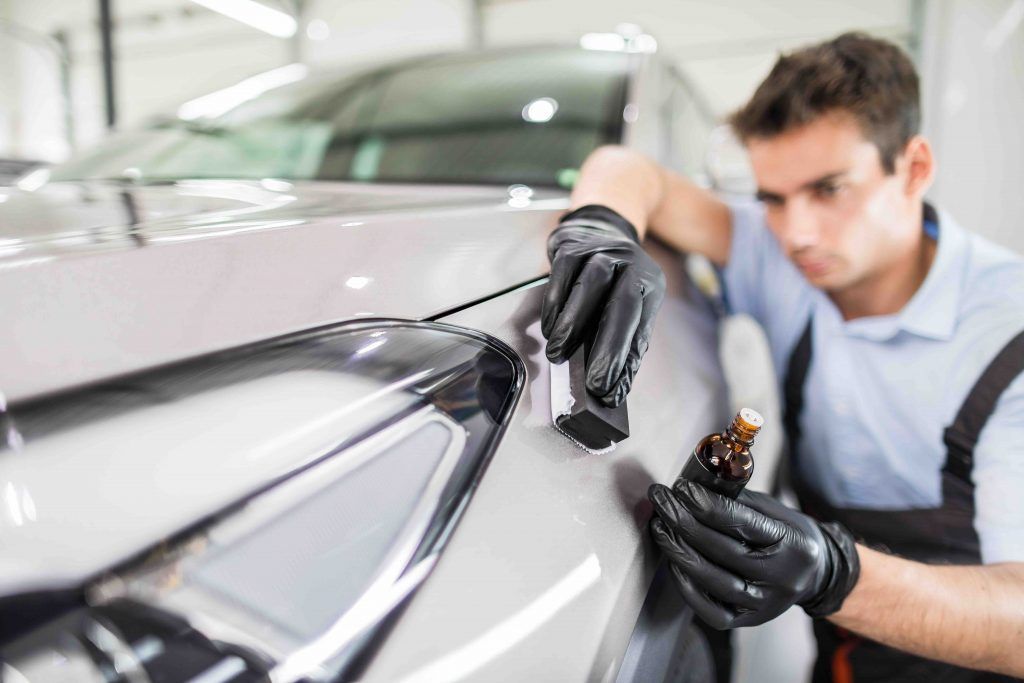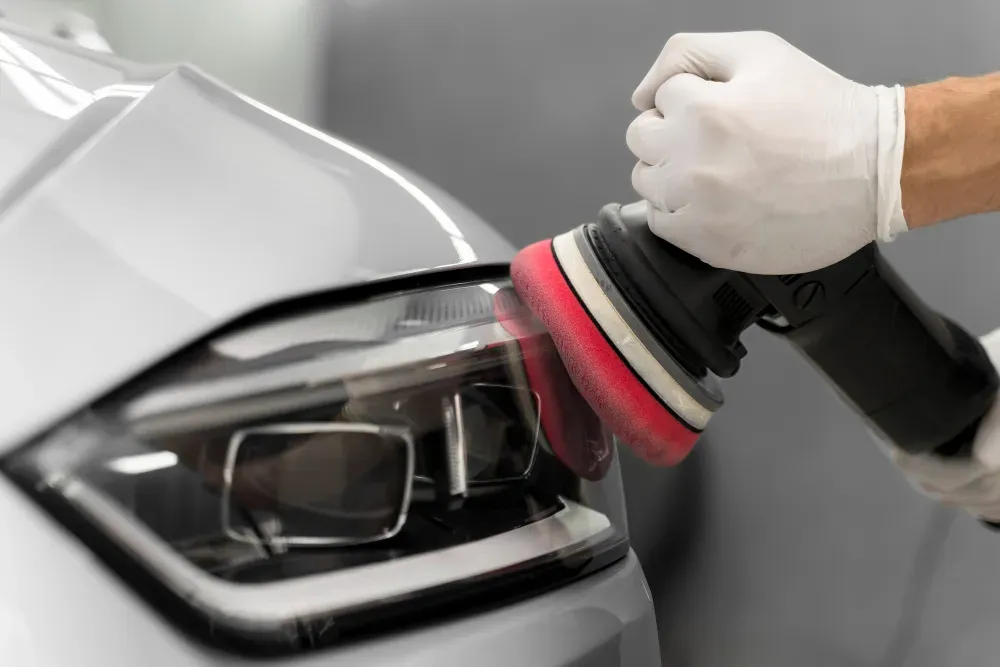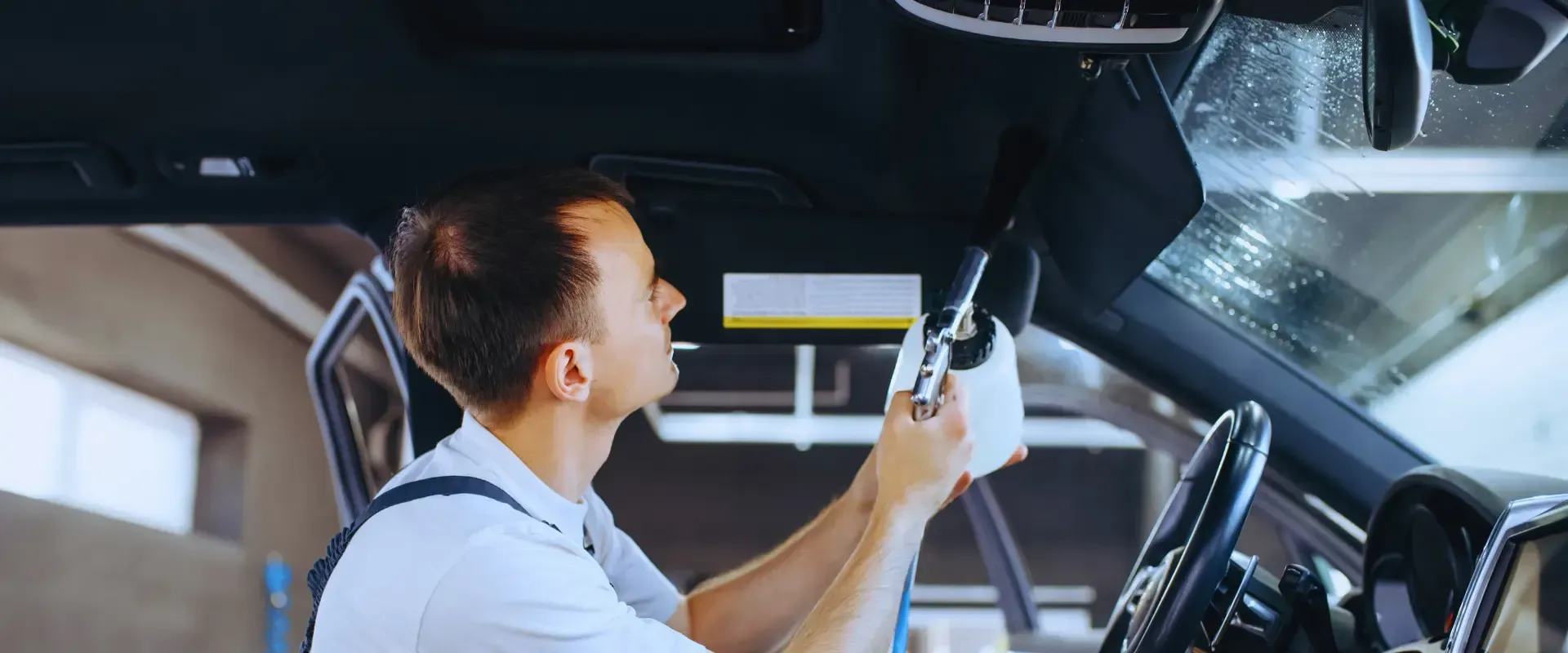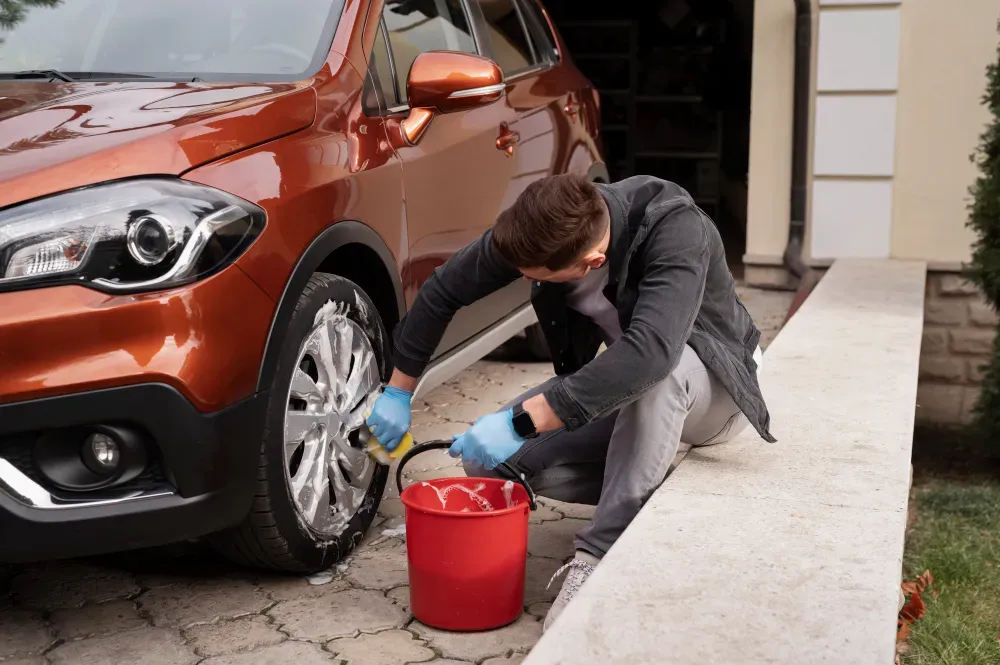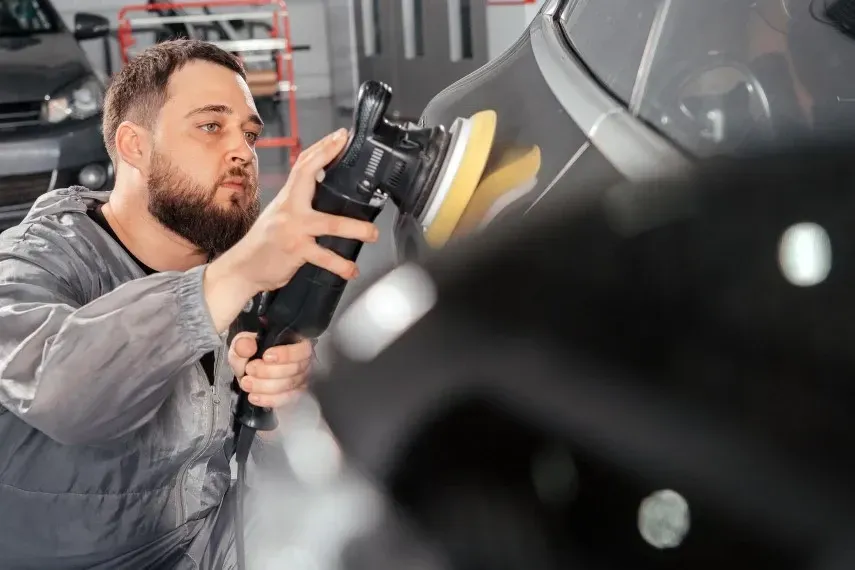Common Reasons Your Car’s Paint Gets Damaged
Your vehicle’s paint isn’t just for looks—it’s a shield against the elements. The common reasons your car’s paint gets damaged may seem minor at first, but neglecting them can lead to major repair costs, diminished resale value, and a worn-out appearance that’s hard to reverse. Whether it’s sunlight, sap, or washing mistakes, learning what causes paint damage is the first step toward long-lasting automotive beauty.
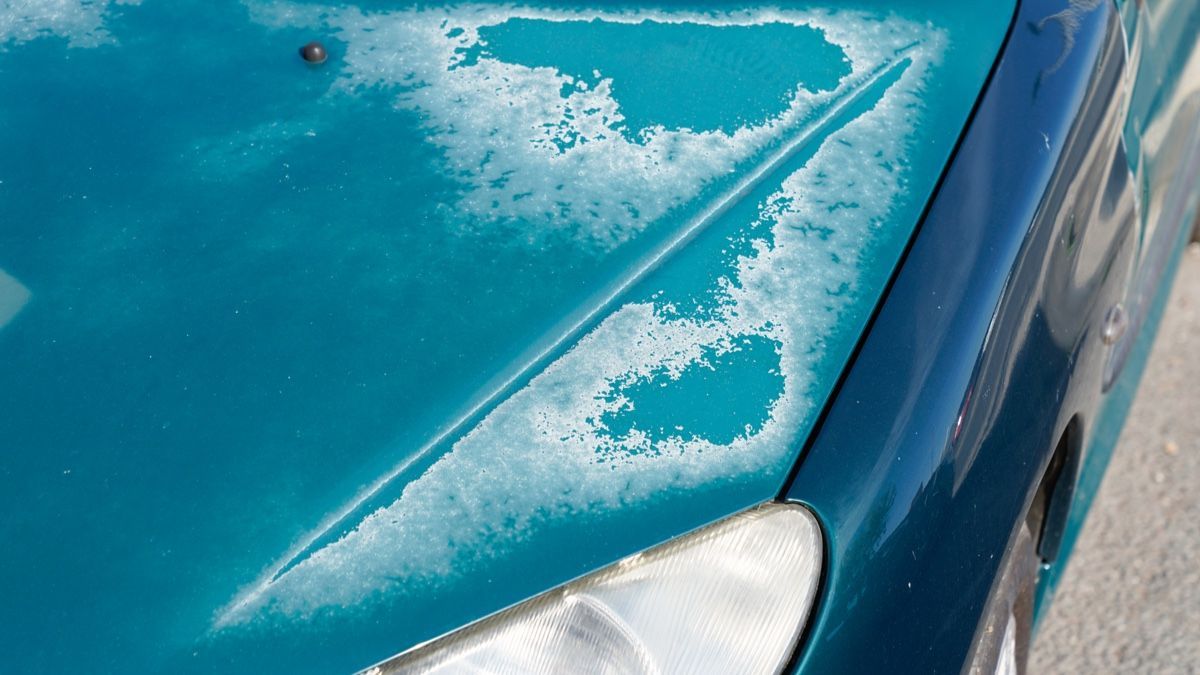
Understanding Car Paint Vulnerability
Every car’s exterior is protected by a multi-layered paint system designed for durability. However, even the best clear coats can't withstand all hazards without proper care. Typically, the system includes:
- Clear coat: The outermost layer that provides gloss and shields the color beneath
- Base coat: The colored paint that gives your car its signature look
- Primer: A bonding agent that ensures paint adheres to the metal body
Understanding this structure helps explain why even a small scratch can have a significant impact over time.
Sunlight and UV Radiation Damage
Consistent sun exposure is one of the stealthiest destroyers of car paint. UV rays can oxidize the clear coat, leading to dull, chalky surfaces and eventual color fading. This is especially noticeable in dark-colored vehicles. Think of it like sunburn for your car—except permanent.
Prevention Tip: Regularly apply wax or ceramic coating to reflect UV rays and maintain gloss.
Tree Sap and Bird Droppings
You may think a few leaves or droppings aren’t a big deal—but both tree sap and bird waste are acidic. When left untreated, they bake into the clear coat under the sun, causing permanent etching and discoloration.
Pro Tip: A Mobile Detailing Service can safely remove contaminants and restore your finish.
Road Salt and Deicing Chemicals
In winter, road salt is a lifesaver—but not for your paint. Salt seeps into micro-cracks and draws in moisture, speeding up corrosion under the surface.
Quick Fix: Rinse your car weekly during winter months, especially under the wheel wells and around the bumper.
Acid Rain and Industrial Fallout
Air pollution doesn’t just hurt your lungs—it also assaults your car. Acid rain, combined with metallic particles from factories or construction sites, chemically reacts with your clear coat. The result? Stains that won’t buff out.
Improper Washing Techniques
Using dish soap, old rags, or drive-through car washes with harsh brushes can introduce hundreds of micro-scratches, gradually wearing down your paint.
Switch to: pH-balanced car shampoos and microfiber towels.
Using Harsh Cleaning Chemicals
Over-the-counter degreasers or wheel cleaners can accidentally splash onto painted surfaces. These solvents can weaken the clear coat, leading to faster wear and discoloration.
Neglecting to Wax or Seal
Many car owners skip wax or sealant, thinking it’s cosmetic. In reality, it adds a crucial barrier layer. Without it, your paint is fully exposed to the environment.
Parking Under Trees or Near Construction Zones
Sap, falling branches, dust, and even paint overspray from construction zones can land on your car and create uneven surfaces or stains.
Fuel Spills Around the Gas Cap
Gasoline acts as a solvent. When spilled during refueling, it can strip away wax and damage the clear coat, leaving a dull or discolored patch.
Insect Splatter Left Untreated
Bugs are surprisingly destructive. The proteins in their bodies are acidic and can etch into the paint if not cleaned promptly—especially after highway driving.
Poor Quality Repaint or Repair Work
Budget paint jobs often skip steps like proper priming or curing. The result? Peeling, chipping, and mismatched hues within months.
Ignoring Minor Chips and Scratches
Even the smallest paint chip can expose the metal underneath. Over time, water and oxygen create rust, which bubbles beneath the paint.
Long-Term Exposure to the Elements
Wind, rain, dust, heat, and snow all gradually take their toll. Your vehicle needs frequent detailing and sealing to withstand the elements.
Low-Quality Car Covers
Not all covers are created equal. Some use abrasive materials that scratch rather than protect. Always use soft, breathable covers designed for automotive paint.
Brake Dust Accumulation
Brake dust isn’t just unsightly. It’s made of iron particles that can embed into your paint and wheels, causing long-term staining and rust spots.
High-Pressure Car Wash Jets
Too much pressure can lift loose paint edges and destroy soft clear coats. Use caution when power washing.
DIY Detailing Mistakes
From over-polishing to using the wrong pad, amateur detailing errors can thin your clear coat or leave swirl marks.
Neglecting Regular Maintenance
Skipping seasonal washes or wax sessions means your car gradually accumulates dirt and contaminants, wearing down paint.
Chemical Spills and Cleaners in Trunks
Leaky bottles of bleach, brake fluid, or battery acid in your trunk can splash onto painted panels—especially if not sealed in storage bins.
Pollen and Dust Buildup
It may seem harmless, but dry wiping away pollen or dust can cause micro-abrasions that degrade gloss and clarity.
Extreme Heat or Cold Fluctuations
Repeated expansion and contraction due to temperature swings can crack paint—especially around edges and panels.
Bird Nests or Animal Claws
Rodents or birds seeking shelter under your hood can leave scratch marks from claws, beaks, or nesting materials.
Paint Contamination by Rail Dust or Airborne Iron
Tiny metal fragments from trains or factories can land on paint, creating orange rust specks that embed themselves into your finish.
Living in Coastal Areas
Ocean air is heavy in salt and moisture, a corrosive combination for any vehicle not regularly maintained.
Using Towels with Fabric Softener Residue
It sounds strange, but fabric softeners leave residues that strip away protective coatings and cloud the finish.
Skipping Professional Detailing
Letting months pass without a professional check-up means you’re allowing minor issues to snowball. A Mobile Detailing Service can rejuvenate and protect your paint long-term.
How to Contact Paint Protection Experts
Ready to save your paint job from disaster? Contact Sin City Detailing today and get expert guidance on coatings, correction, and premium car care.
FAQs
What is the most common cause of car paint damage?
Sunlight and UV exposure are the top culprits, causing fading and oxidation over time.
Can bird poop really ruin my paint?
Yes, bird droppings are highly acidic and can etch into your clear coat in a matter of hours.
Does waxing prevent paint damage?
Absolutely. Wax adds a protective layer that blocks contaminants, UV rays, and minor abrasions.
Is it safe to use a pressure washer on my car?
Only if used correctly. High-pressure streams can damage paint if aimed too closely or at weak spots.
How often should I get my car detailed?
A full detailing every 3–6 months helps maintain shine and long-term paint health.
Are automatic car washes bad for my paint?
Brush-based ones can cause micro-scratches. Touchless washes are safer but less effective for grime removal.
Conclusion
Paint damage is more than a cosmetic concern—it’s a sign of underlying neglect or exposure. By understanding the common reasons your car’s paint gets damaged, you’re already one step ahead of most vehicle owners. With regular care, smart washing habits, and expert help from Sin City Detailing, you can protect your ride’s brilliance for years to come.
Links:
